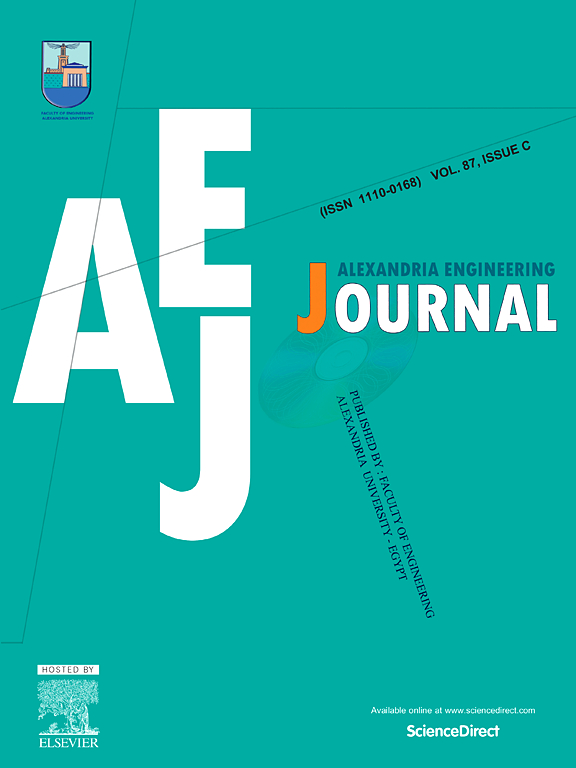Field procedure and data collection tool: Towards controlling GPS multipath error for mapping within urban semi-closed areas
IF 6.8
2区 工程技术
Q1 ENGINEERING, MULTIDISCIPLINARY
引用次数: 0
Abstract
Multipath error, a significant challenge in GNSS positioning, arises from signals reaching the receiver via multiple paths, thus biasing range and location. This paper presents a new tool and charting method, using a predefined model, to mitigate multipath effects in pseudorange measurements within U-shaped urban obstructions. The model incorporates obstruction dimensions and receiver location, utilizing L1 and L2 carrier frequencies. Focusing on pseudorange errors caused by multipath at obstruction distances of 7–52 m, the study determines optimal observation times for various satellite systems and signal combinations. Charts are provided to determine the optimum observation time for the maximum required attainable accuracy, obstruction ratios (D/H), and angles (α). Results showed that total error decreased with longer observation times (10–120 minutes), ranging from 2 mm to 18.1 cm. Higher D/H ratios (closer obstructions) correlated with larger errors. Smaller obstruction angles generally yielded smaller errors, especially with longer observation times. The study produced a new charting tool to determine optimal observation time based on desired accuracy, D/H ratio, and α, aiming to minimize multipath error in obstructed environments. This tool aids in selecting optimal GPS antenna placement, measurement time, and expected accuracy in environments where reflection coefficients are difficult to determine.
野外程序与数据采集工具:控制城市半封闭地区GPS测绘多径误差的探讨
多路径误差是GNSS定位中的一个重大挑战,它产生于信号通过多条路径到达接收器,从而使距离和位置产生偏置。本文提出了一种新的工具和制图方法,使用预定义模型来缓解u形城市障碍物中伪距测量的多路径效应。该模型结合了障碍物尺寸和接收器位置,利用L1和L2载波频率。以7-52 m障碍物距离下多径产生的伪距误差为研究重点,确定了各种卫星系统和信号组合的最佳观测时间。提供了图表来确定最佳观测时间,以获得最大所需的可达到的精度,阻塞比(D/H)和角度(α)。结果表明,随着观测时间的延长(10 ~ 120 min),总误差逐渐减小,误差范围在2 mm ~ 18.1 cm之间。更高的D/H比(更近的障碍物)与更大的误差相关。较小的障碍物角度通常产生较小的误差,特别是观察时间较长的情况下。该研究产生了一种新的制图工具,可以根据所需的精度、D/H比和α来确定最佳观测时间,旨在最大限度地减少受阻环境中的多径误差。该工具有助于在难以确定反射系数的环境中选择最佳GPS天线位置、测量时间和预期精度。
本文章由计算机程序翻译,如有差异,请以英文原文为准。
求助全文
约1分钟内获得全文
求助全文
来源期刊

alexandria engineering journal
Engineering-General Engineering
CiteScore
11.20
自引率
4.40%
发文量
1015
审稿时长
43 days
期刊介绍:
Alexandria Engineering Journal is an international journal devoted to publishing high quality papers in the field of engineering and applied science. Alexandria Engineering Journal is cited in the Engineering Information Services (EIS) and the Chemical Abstracts (CA). The papers published in Alexandria Engineering Journal are grouped into five sections, according to the following classification:
• Mechanical, Production, Marine and Textile Engineering
• Electrical Engineering, Computer Science and Nuclear Engineering
• Civil and Architecture Engineering
• Chemical Engineering and Applied Sciences
• Environmental Engineering
 求助内容:
求助内容: 应助结果提醒方式:
应助结果提醒方式:


